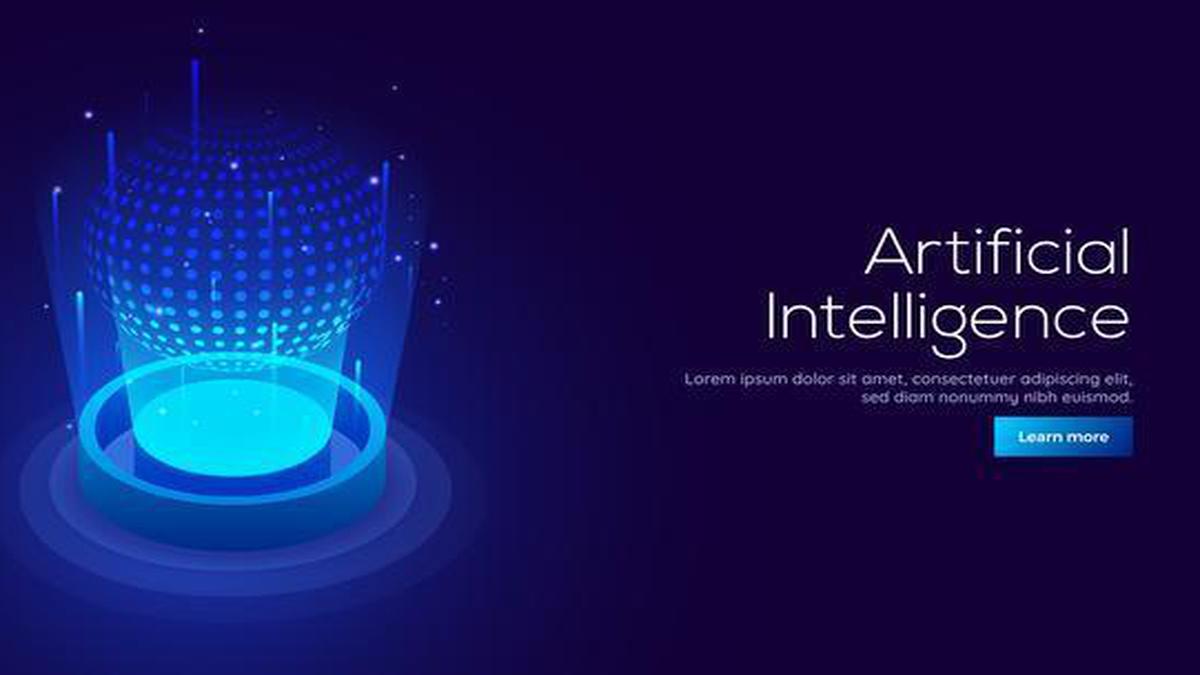AI has become a buzzword of the 21st century, as machines are becoming competent in learning and not only mimicking the human brain but also performing tasks in optimal ways. Artificial Intelligence is a term coined by John McCarthy in 1956. A year later, Otto Schmitt came up with the term “Biomimetics”. It means mimicking biology or nature. Even the idea was not in vogue until Janine M. Benyus published the book Biomimicry: Innovation Inspired by Nature. Innovation has often found inspiration from the natural world. Scientists learned the structure of bird wings and invented airplanes. The idea of combining nature with technology took a fascinating leap forward.
Shinkansen is Japan’s bullet train with a maximum speed above 300 kmph. But each time it left the tunnel, the train produced a loud sonic sound that could be heard from 400 metres away. This sound affected the local residential area. So the engineering team was brought in to redesign the bullet train efficiently. Japanese engineer Eiji Nakatsu was also a birdwatcher. He observed the kingfisher dive into the water and catch its prey without making a splash in the water. Nakatsu took the kingfisher’s beak’s design into a table and redesigned the front of the train similar to the kingfisher’s beak. This redesign not only reduces the noise under the 70dB noise limit in a residential area but also uses 15% less electricity.
The synergy between biomimicry and artificial intelligence leads to new possibilities such as optimizing algorithms by studying the behaviors of swarms, flocks, and colonies. AI can develop optimization algorithms for tasks such as financial trading, route planning, and learning capabilities of humans.
Biomimicry-driven sensors and drones can mimic the behavior of insects to monitor plants more effectively. Besides that, by studying the self-healing capabilities of organisms, researchers can create autonomous damage control mechanisms in deep neural networks.
Blending AI with biomimicry holds immense promise. But there are some challenges as well. Indeed our nature solves every problem brilliantly. Translating complex biological mechanisms into computational models can be difficult because processing huge volume of data will be computationally expensive. Nevertheless, the potential benefit is substantial. As technology advances, we can think of leveraging the adaptability, efficiency, and elegance of natural designs and unleash the power of artificial intelligence to revolutionize industries, solve global challenges, and find ways for a more sustainable and interconnected future.











